NTU MOOC Study Notes - Session 13 Scaling Ethereum: The Power of Parallel EVM Execution to Transform Blockchain Performance
Date: 9-10:30 AM SGT, September 10th 2024 / 9-10:30 PM EST, September 9th 2024
Session Title: The Power of Parallel EVM Execution to Transform Blockchain Performance
NTU I&E x HackQuest MOOC is free and open to all individuals interested in Web3. The MOOC is led by top voices in crypto including Yat Siu (Co-founder, Animoca), Ed Felten (Co-founder, Offchain Labs), Sergey Gorbunov (Co-founder, Axelar), Scott Moore (Co-founder, Gitcoin), Haider Rafique (CMO, OKX), Austin Griffith (Developer Onboarding, Ethereum Foundation), Anna Yuan (Stablecoins Lead, Solana Foundation), and many more. For those who prefer having a text summary and review material, this study note provides a recap of what’s covered during the MOOC. Happy learning!
Overview
Main Topic: Scaling Ethereum with Parallel Execution of the EVM
Objectives:
Section 1: Ethereum Virtual Machine (EVM)
1.1 EVM Overview
1.2 World State
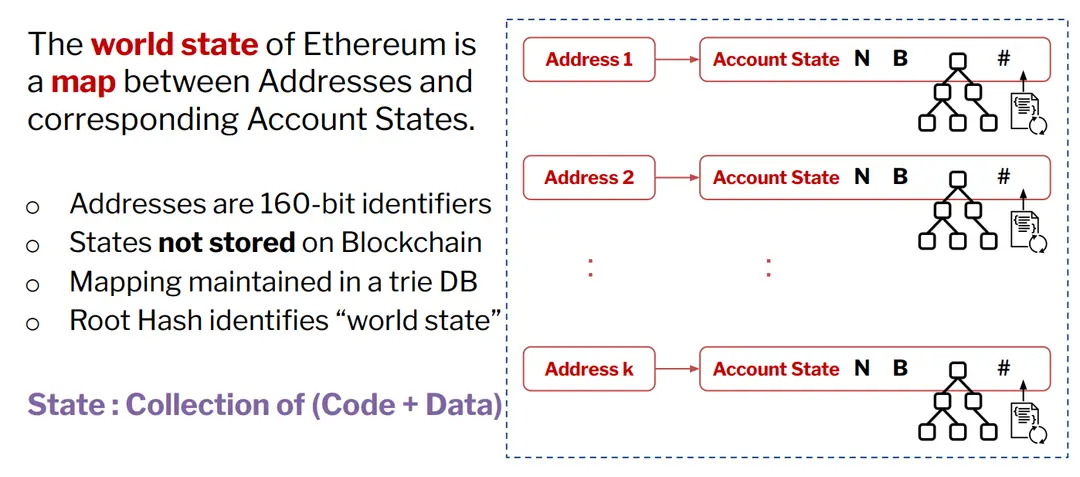
1.3 State Transition Mechanism

Section 2: EVM Architecture
2.1 EVM Components
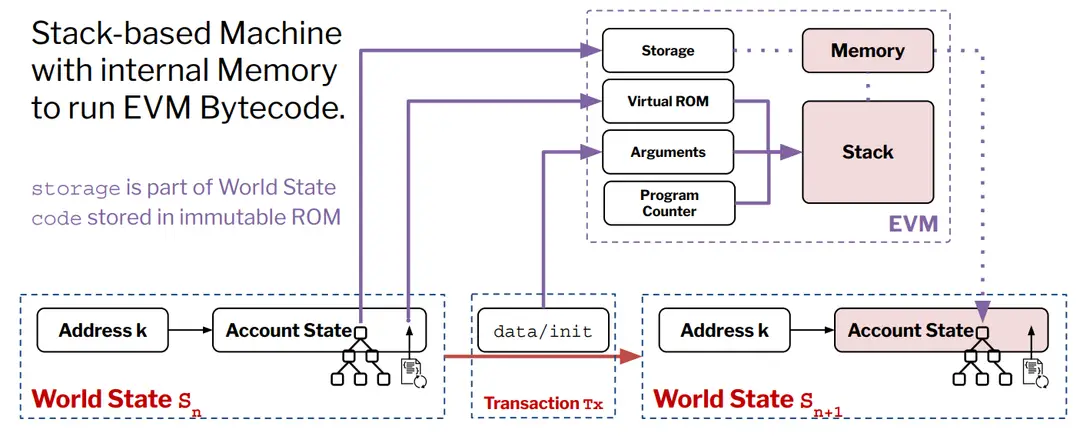
2.2 EVM Instruction Set
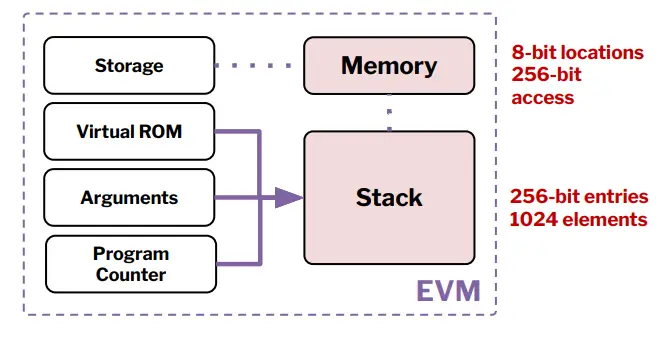
2.3 Compiling to EVM
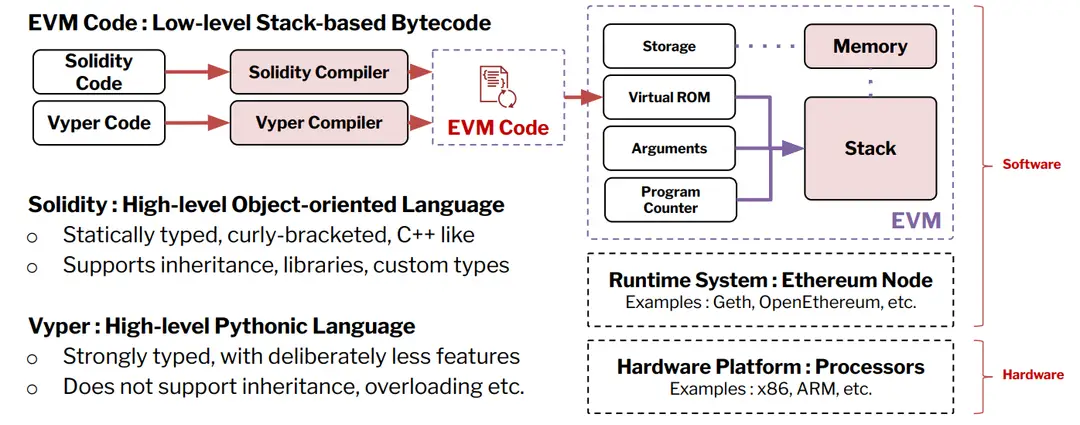
Section 3: Limitations of the Sequential EVM
3.1 Workflow of the Sequential EVM
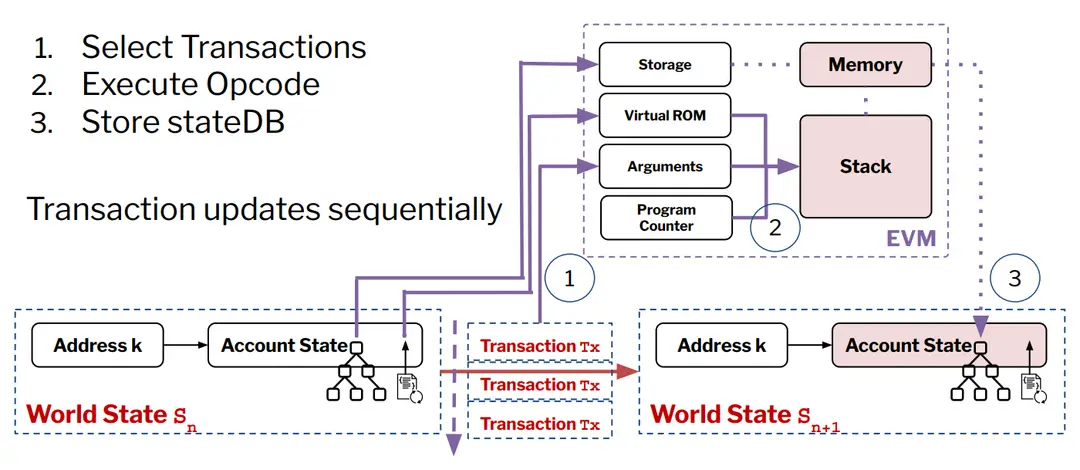
3.2 Challenges
Section 4: Parallel Execution of the EVM
4.1 Introduction to Parallel Execution
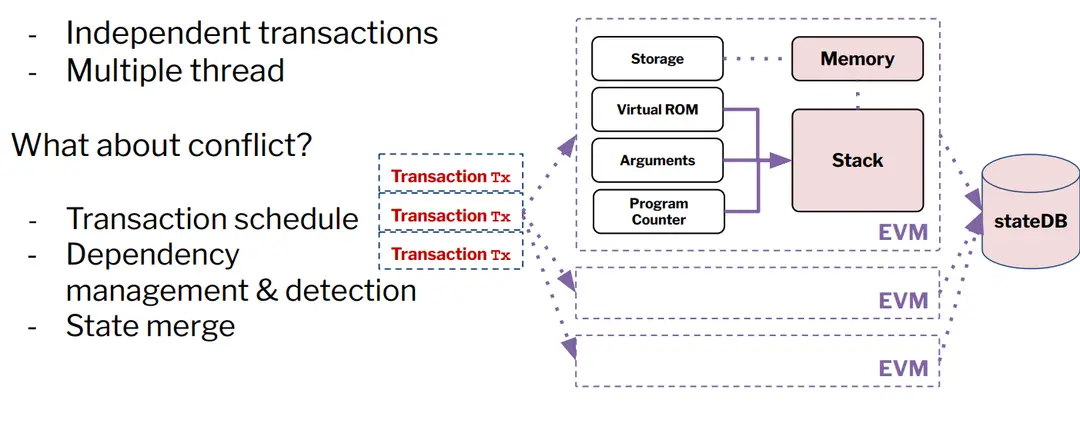
4.2 Block-STM Approach
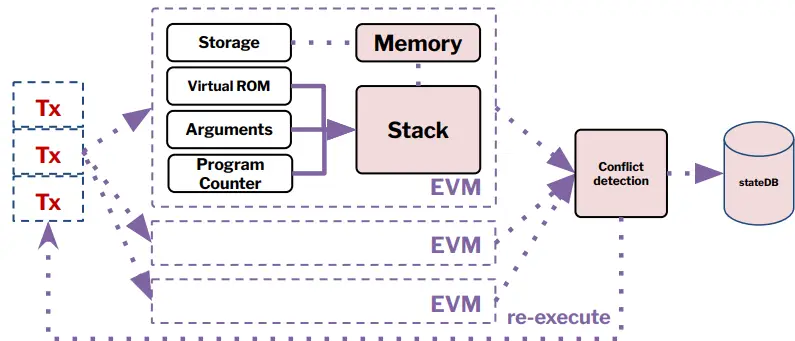
4.3 Advantages of Parallel Execution
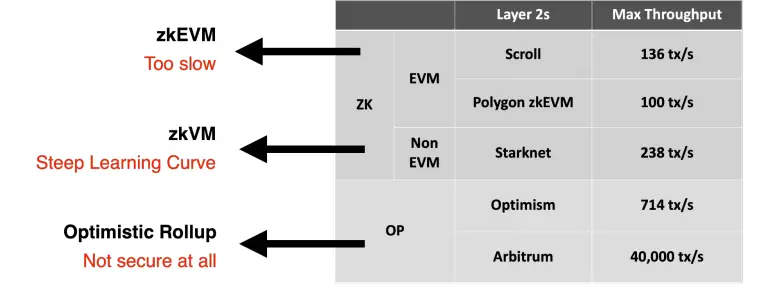
Section 5: Reddio’s Approach to EVM Scaling
5.1 Reddio’s Innovations
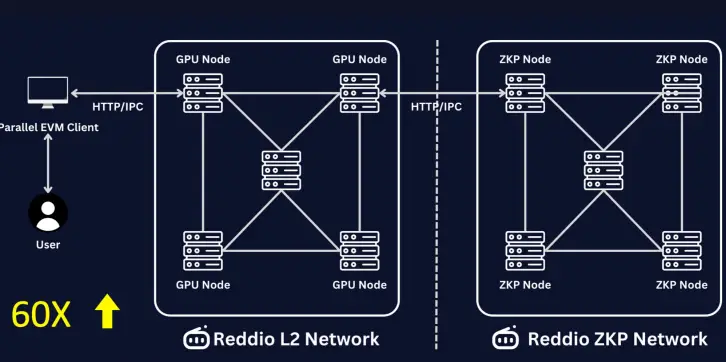
5.2 Architecture Overview
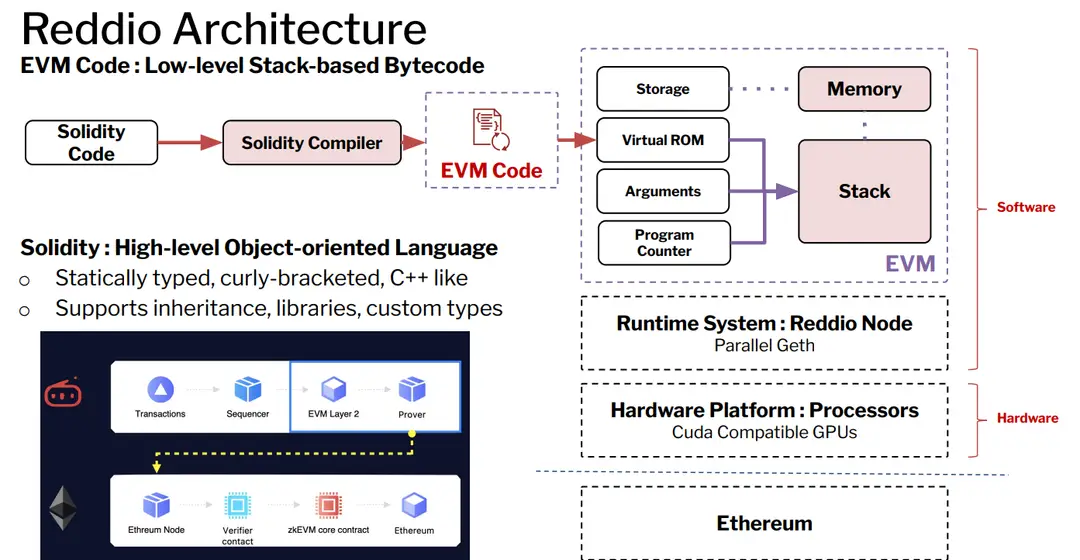
Key Takeaways:
Parallel execution of the EVM offers a promising solution for scaling Ethereum, addressing the limitations of sequential processing. The Block-STM method provides a robust framework for optimistic parallelization, facilitating efficient transaction handling. Reddio’s architecture utilizes GPU acceleration to maximize performance, establishing a new standard for scalability in the Ethereum ecosystem.
Q&A
Answer: Thank you for the question. While I'm not giving investment advice, I believe that Ethereum's innovative capacity has always driven the market forward. The token economics for both Ethereum and Bitcoin are designed with different goals in mind, and I see this as a key factor for their future valuations.
Answer: I have had positive experiences with Indian developers in previous roles, and I see a robust market for both web2 and web3 innovations coming from India. The talent pool is eager to learn and apply new technologies, making it an exciting space to watch.
Answer: For newcomers, I would simplify these concepts by relating them to everyday technology. For instance, ZK can be likened to a secure compression algorithm that ensures data integrity, while the concept of layer two can be explained through familiar payment wallets that improve transaction speed and efficiency.